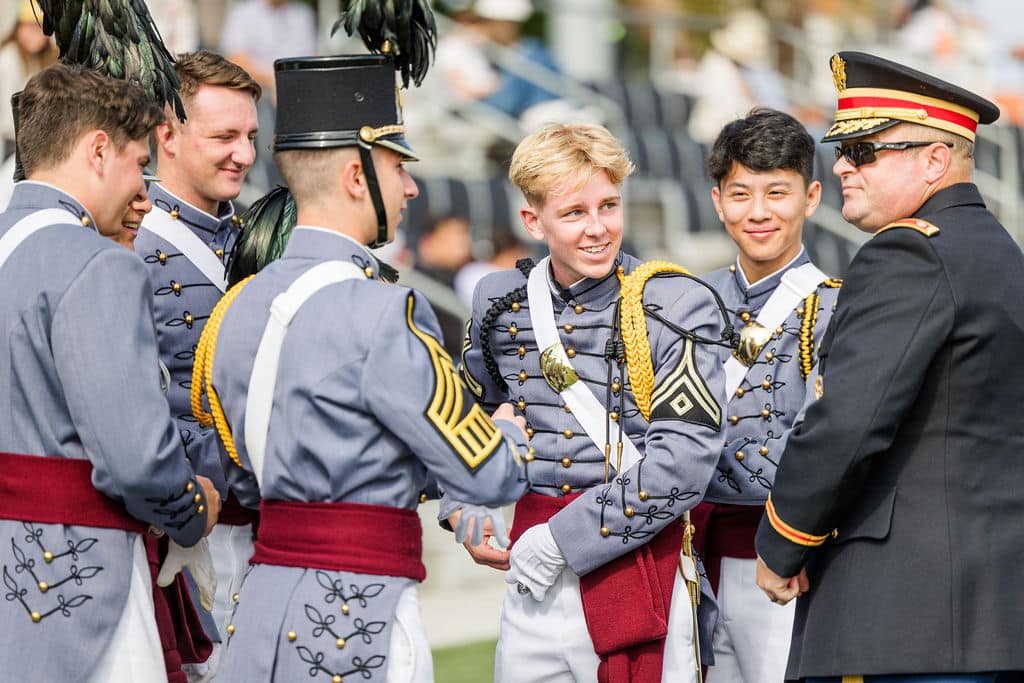
“Our nation’s schools should be safe havens for teaching and learning, free of crime and violence … Any instance of crime or violence at school not only affects the individuals involved but may disrupt the educational process and affect bystanders, the school itself and the surrounding community.”
–National Center for Education Statistics and the Bureau of Justice Statistics
There was a time when acts of violence on school campuses in the U.S. were pretty much confined to an occasional after-school fistfight, a brief altercation between opposing teams on a football field or baseball diamond, bullies intimidating their smaller and more timid peers, a club initiation hazing incident gone awry, kids throwing rocks at each other or breaking windows, and the like.
However, that certainly hasn’t been the case in more recent decades when incidents of school violence have graduated to shootings, knife attacks, mob disorders, and other acts of deadly violence. What’s became abundantly clear to all in recent years was that safety must come first. Schools needed more safe and secure campuses in place in order to educate and prepare young people to be successful adults. To do so would require significantly more resources.
What some schools are doing
To address the problem, many public school districts and private schools have equipped their campuses with military-grade high-tech security equipment and procedures, along with intensive training of teachers and other campus adults on what to do if an incident should break out. A May 2018 NBC News television network report last year identified such enhancements range from instant background checks for visitors to social media monitoring software to gunshot-detection sensors to ID cards equipped with panic buttons.
“They’re driving a rapidly growing school security market, which has ballooned to a multi-billion dollar industry,” the news report said.
Other less technical but proven-to-be-effective measures some schools are using include using metal detectors and security cameras are intended to monitor or control students’ and visitors’ behaviors while on campus, according to a Fast Facts report from the National Center for Education Statistics. In fact, three years ago, 94 percent of public schools in the U.S. reported they had controlled access to schools buildings by locking or monitoring doors and other entry points during school days.
“Additionally, a greater percentage of primary schools than of middle schools required students to wear uniforms … The percentage (70 percent) reported the enforcement of a strict dress code…” The report also said 62 percent of reporting high schools used “random dog sniffs” to check for drugs on students while on campus. A little more than 10 percent of reporting high schools were using random metal detector checks. Slightly more than that were the number of high schools that required students to wear badges or picture IDs.
Campus security begins with a plan
There are myriad sources of information schools can use to put together effective violence-prevention measures. But, as with most projects, planning how to prevent campus violence begins with just that; a plan. An article on campussafety.com refers to such a plan as a “safety audit.”
“Before we even look at any technological solutions, a (school) district should really look at its overall security threats and risks. A safety audit can help a school identify its weaknesses and come up with a plan to combat those issues,” the article said.
The audit should examine several key questions by asking school officials the following:
- How are you locking doors?
- Where are there line-of-sight issues?
- Is there a playground or athletic field that needs to be monitored?
- How do visitors enter the facility (campus)?
- How do people move about the facility (campus)? How do you (presently) keep control over that?
The end result of a safety audit is that a school can identify areas where there is a need for more security and now can begin to look at ways in which staff training or technology may help to respond to those needs.
A model campus security plan
Getting down to the specifics of what comprises an effective campus security plan, the Army and Navy Academy, a college preparatory boarding school for middle- and high-school age boys in Carlsbad, Calif. developed a robust list of campus security measures after a thorough study of its ocean-front campus. Some of those measures and procedures include:
- State-of-the-art resources are used to train staff and students (hereafter referred to as cadets) on issues that impact their physical and emotional welfare. Prior to beginning of each school year, cadet leaders, faculty members, other staff members and volunteers who regularly come into contact with cadets are trained how to watch for and immediately address any event or indication that might impact the physical or emotional safety of cadets.
- The academy’s closed-circuit TV system has 130 cameras located at the five electronically controlled gates that control campus access; at locations along the campus perimeter as well as outside the cadet barracks and at other key locations on campus. Cameras are in operation and are monitored 24 hours a day, seven days a week by a security team of trained professionals whose sole focus is the safety of cadets and other academy personnel.
- Bollards are in place to limit and control vehicle access to areas where there is extensive pedestrian activity and where cadets reside.
- A badge and ID system tracks staff access to the campus via an automated electronic gate control system.
- The campus Operations Office is strategically sited near the main gate of the campus; the most-used access and exit for cadets and others.
- The academy’s Emergency Procedures Guide is in an easy-to-access flip chart format with copies located throughout the campus. Updated annually, the guide is used to train academy staff members on how to respond to different kinds of emergencies. The academy’s safety and security measures and procedures are reviewed and assessed on a regular basis by the local police department and an independent security consulting firm.
- Fire safety is enhanced through annual campus inspects by the local city fire department with fire safety drills conducted regularly.
Are schools safer now?
An April 2018 article in Education Week referenced a federal report released the prior month that said U.S. schools in recent years have “significantly increased” security measures and preparation for events such as school shootings. Rates of student victimization at school campuses have declined while fewer students have tried to bring weapons to school or have expressed fear of being harm while at school.
School campuses may be safer today than in times past, but the report prompted cautious optimism from U.S. Secretary of Education Betsy DeVos who said in a statement: “While there are positive trends from the … report on crime and school safety, we know there is more we must do.”

Candace Heidenrich is the CEO of Aperture Advisory Associates, where she works with private secondary and higher education leaders to strengthen programs and practices. She founded Aperture in 2018 after more than a decade in a senior administrative role at a boarding school in California. Additionally, she held faculty and chair positions at private schools and colleges in Los Angeles and Ojai. Her background also includes director and executive level positions with start-ups and Fortune 500 corporations.
While earning her B.A. in Education and Humanities in the Lawrence Henry Gipson Scholar program, she studied abroad at Oxford before pursuing her master’s at the University of California, Santa Barbara. A frequent speaker at national conferences, she is a recognized thought leader and authority on enrollment management and marketing best practices.